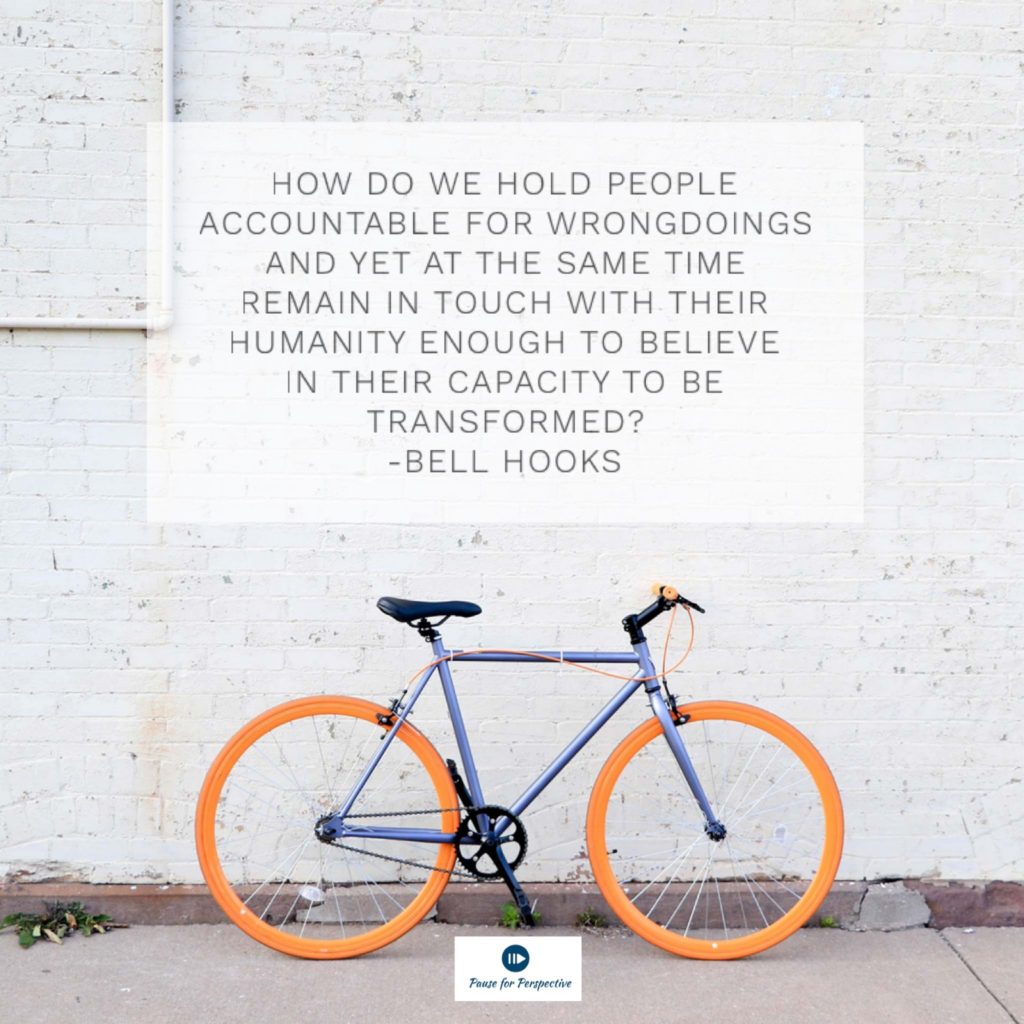Restorative Practices for being with Young People
Expanding on the lens of “ What’s happening for them ?” ; In this article , we try to look at the space among students , teachers and everything in between in the education system nowadays, with a stance of curiosity, and compassion.
There are rampant news articles about corporal punishment, incidents of verbal harassment, and yelling at kids. On a daily basis too, kids are constantly punished and the means and language of punishment , and punitive practices, are widely sanctioned across schools to “discipline” them.
What does this punitive approach to discipline do , to what ends is it justified ? At the heart of it, this discipline, in skewed ways , is directed at “ fear based “ compliance and adjustment to already existing systems of complying to authority, to shape individuals into machines of the already existing capitalist systems , and ultimately feed up on their insecurities for economic gain. Who is to blame for this, is the question, which is difficult to answer, as it has been the “Default Mode Network” of functioning of the society for years together, and more so in India, due to socio-political history. Everything ultimately impacts everything , and is impacted by larger social systems, it reiterates the lens of Personal is Political .
So, in the largely interconnected systems, and amongst the people who are operational in it, can one really blame the teachers, students or parents for the WELL -INTENTIONED discipline meted out by them, or for them to think that compliance is the goal to reach for, in order to be a well-rounded individual. We will try and look at those, and all of us who have constantly been impacted by the systems around us with a more compassionate stance.

RESTORATIVE PRACTICES
At the base of understanding this is to keep in mind that the teachers who meet out “punitive’ approaches are coming from socialized ways of being teachers. But violence and abuse cannot be justified as well-intentioned , and systems and stakeholders need to be held accountable. This approach though well-intentioned comes from a lens of coaxing people into submission and does not protect the dignity, or does not look into the struggle and experiences of what people go through.
The restorative practices, at the core is “respect-based interaction and interconnectedness.” This approach puts at center accountability from a place of empathy, and understanding. This approach can be instrumental in moving from fear based compliance to a sense of community. And it also encompasses the holding of educators, as people impacted by the systems and posits “ Accountability from a place of Empathy “ to foster community and interconnectedness.
This community centered movement to accountability comes with putting to forefront the pre-existing norms, and practices, which are nor so healthy. At the core of restorative practices, is a focus on understanding lived experiences, and having a space to sit with them. Listening and understanding the lived experiences and to just engage to understand, and not prescribe. This compassionate holding makes it a felt and embodied experience, which inturn brings to forefront the care that is posited to be at the core of the education system, and values of education.
What are some of the restorative practices ? Community circles, Mindfulness, Social Emotional Learning, Awareness Practices.
At the core of all of this is a sense of Compassion , Openness,Acceptance and offering Loving Kindness to the shared experience of being human, and all the things, this comes with.
At Pause For Perspective ,we offer several community engagement and outreach programs like Safe Spaces, Slow-down Saturdays, where we honor and hold people and their experiences with utmost care. We are also actively engaged in Mental Health Awareness workshops which deconstruct the dominant discourses and bring about people’s know-hows. We are mindfulness-based organization who believe in holding a stance of COAL (Compassion, openness, acceptance , and loving kindness) to the experience of being human, in-turn fostering a sense of community.
This article is written by Therapist and Fellow Srivalli
